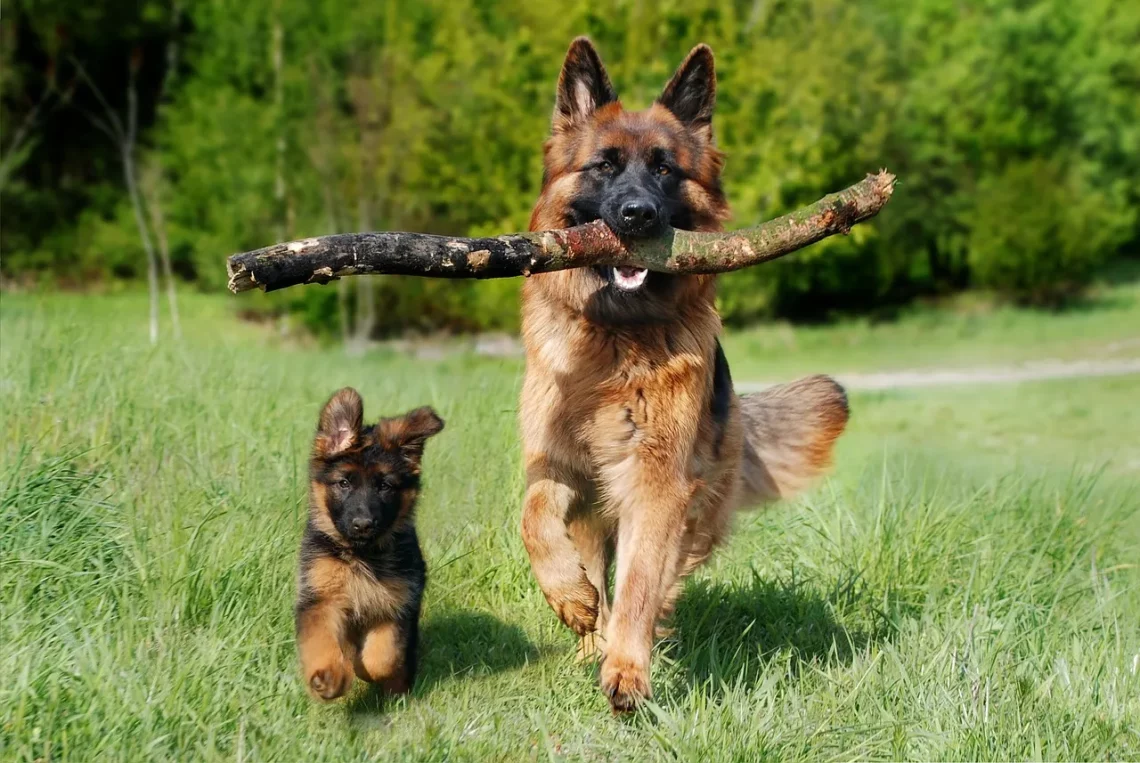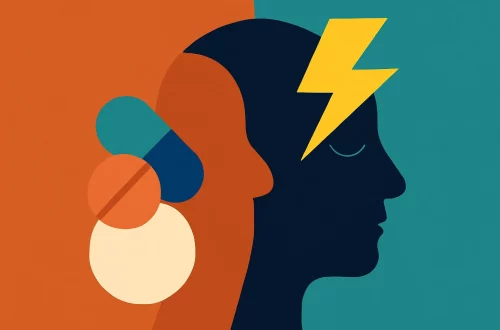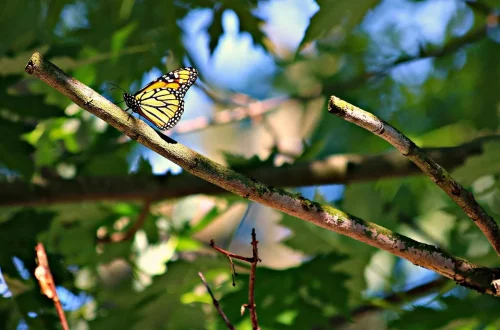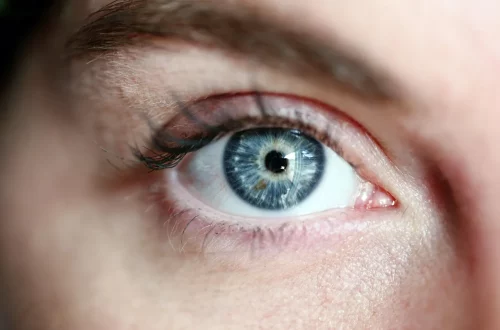
Understanding Canine Vulvoplasty: A Guide for Pet Owners
Understanding the complexities of canine health can be a daunting task for any pet owner. Our furry companions rely on us for their well-being, and understanding their medical needs is paramount in ensuring they lead happy and healthy lives. One area that may raise questions among dog owners is surgical procedures related to reproductive health, particularly vulvoplasty. This term, though it may sound intimidating, pertains to a specific surgical intervention that can address various issues within a female dog’s vulva.
As pet owners, it is essential to be informed and prepared when it comes to our pets’ health concerns, including the potential need for surgical procedures. The decision to pursue surgery is often based on factors such as the dog’s overall health, age, and specific medical conditions. The more knowledge we possess about these topics, the better equipped we are to assist our beloved pets through their health journeys. By understanding the intricacies of procedures like vulvoplasty, we can advocate for our pets effectively and make informed decisions regarding their care.
What is Canine Vulvoplasty?
Canine vulvoplasty is a surgical procedure designed to correct anatomical abnormalities of a female dog’s vulva. This surgery is typically performed on dogs that experience recurrent infections, irritation, or other issues related to their vulvar structure. The goal of the procedure is to create a more functional and aesthetically pleasing vulva, which can significantly improve the dog’s quality of life.
In many cases, vulvoplasty is recommended for dogs with conditions such as vulvar hypoplasia, where the vulva is underdeveloped, or other structural deformities. These conditions can lead to problems such as chronic urinary tract infections, vaginitis, or skin irritations. By addressing these issues through surgical intervention, pet owners can help their dogs avoid discomfort and recurrent health problems.
The procedure itself involves the surgical reshaping or reconstruction of the vulva and may include excision of excess tissue or repositioning of the vulvar lips. The surgery is typically performed under general anesthesia, and the recovery period can vary depending on the individual dog’s health and age. Post-operative care is crucial, as it involves monitoring the surgical site for signs of infection and ensuring that the dog follows any prescribed activity restrictions.
While the prospect of surgery can be anxiety-inducing for both pet owners and their dogs, it is essential to discuss the potential benefits and risks with a qualified veterinarian. They can provide guidance on whether vulvoplasty is the right course of action based on the dog’s specific medical history and current condition.
Signs That Your Dog May Need Vulvoplasty
Recognizing the signs that may indicate the need for vulvoplasty is essential for timely intervention. Pet owners should be vigilant and observe their dogs for any unusual behaviors or symptoms. Common indicators that a dog may benefit from this surgical procedure include frequent urinary tract infections, persistent vulvar irritation, or unusual discharge.
Dogs that exhibit signs of itching or discomfort in the genital area may also require a veterinary evaluation. This can manifest as excessive licking of the vulva, scooting on the floor, or signs of distress when urinating. These behaviors could suggest underlying anatomical issues that may necessitate surgical correction.
Additionally, recurrent skin infections in the genital area can be a sign of chronic vulvar problems. If a dog is prone to developing infections despite regular veterinary care, it may be worth discussing the possibility of vulvoplasty with a veterinarian. A thorough examination and diagnostic tests can help determine if an anatomical abnormality is contributing to these recurrent issues.
Moreover, age can also play a role in the decision-making process. Younger dogs with congenital anatomical issues may benefit from early intervention, while older dogs may require a more comprehensive evaluation to assess their overall health and ability to undergo surgery.
Ultimately, the decision to pursue vulvoplasty should be made in consultation with a veterinarian who can provide personalized guidance based on the dog’s unique situation. Pet owners are encouraged to seek veterinary advice if they notice any of these signs, as early intervention can lead to better outcomes for their furry friends.
The Benefits and Risks of Vulvoplasty
As with any surgical procedure, vulvoplasty comes with its own set of benefits and risks that pet owners should carefully consider. Understanding these factors is vital in making an informed decision that prioritizes the health and well-being of the dog.
One of the primary benefits of vulvoplasty is the potential for improved comfort and quality of life. For dogs suffering from chronic infections or irritation due to anatomical abnormalities, the surgery can provide significant relief. By correcting these issues, pet owners may notice a marked improvement in their dog’s behavior and overall happiness.
Additionally, successful vulvoplasty can reduce the frequency of veterinary visits related to recurrent infections, ultimately saving time and money on ongoing treatments. This proactive approach can lead to a healthier and happier pet, which is the ultimate goal for any responsible pet owner.
However, it is essential to acknowledge the risks associated with any surgical procedure. Potential complications can include infection, anesthesia-related risks, and the possibility of an unfavorable surgical outcome. While these risks are generally low, they must not be overlooked. It is crucial for pet owners to engage in thorough discussions with their veterinarian about the risks involved, including how to minimize them through proper pre-operative assessments and post-operative care.
In some cases, a veterinarian may recommend alternative treatments or management strategies that do not involve surgery. These options may include medication or behavioral modifications to address underlying issues without surgical intervention. The decision should always be guided by a veterinarian’s expertise, weighing the potential benefits and risks of the procedure against the dog’s specific health needs.
Post-Operative Care and Recovery
Post-operative care is a critical part of the vulvoplasty process and plays a significant role in the success of the surgery. Pet owners should be prepared to provide attentive care during the recovery phase to ensure their dogs heal properly and without complications.
Immediately following the surgery, dogs may experience some discomfort, which is typically managed with prescribed pain relief medication. It’s essential for pet owners to monitor their dogs closely and follow the veterinarian’s instructions regarding medication dosages and schedules. Keeping the dog calm and restricting excessive activity during the initial recovery phase is vital, as it helps prevent complications such as wound dehiscence, where the surgical incision may reopen.
Regular check-ups with the veterinarian are crucial during the recovery period. These appointments allow the veterinarian to assess the healing process and ensure that there are no signs of infection or other complications. Pet owners should be attentive to any changes in their dog’s behavior, such as increased lethargy, swelling at the surgery site, or abnormal discharge, and report these to their veterinarian promptly.
Another important aspect of post-operative care is maintaining proper hygiene around the surgical site. Keeping the area clean and dry can help reduce the risk of infection. Pet owners should avoid bathing their dogs or allowing them to swim until they receive clearance from the veterinarian.
Finally, it is essential to provide emotional support during the recovery process. Dogs may feel anxious or disoriented post-surgery, and offering comfort through gentle interaction can help alleviate their stress. With proper care, most dogs will recover well from vulvoplasty, allowing them to return to their normal activities and enjoy a better quality of life.
**Disclaimer: This article is for informational purposes only and does not constitute medical advice. Always consult a qualified veterinarian for health concerns related to your pet.**




